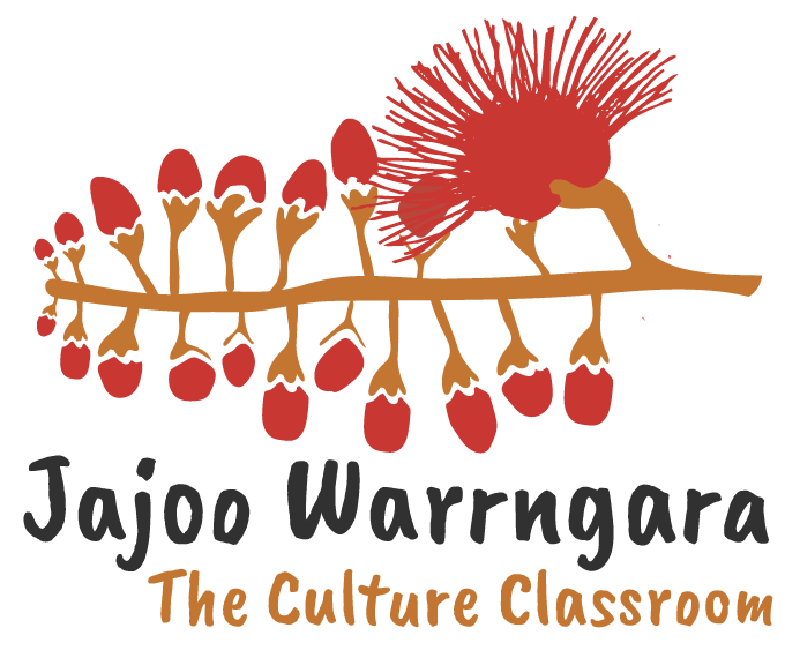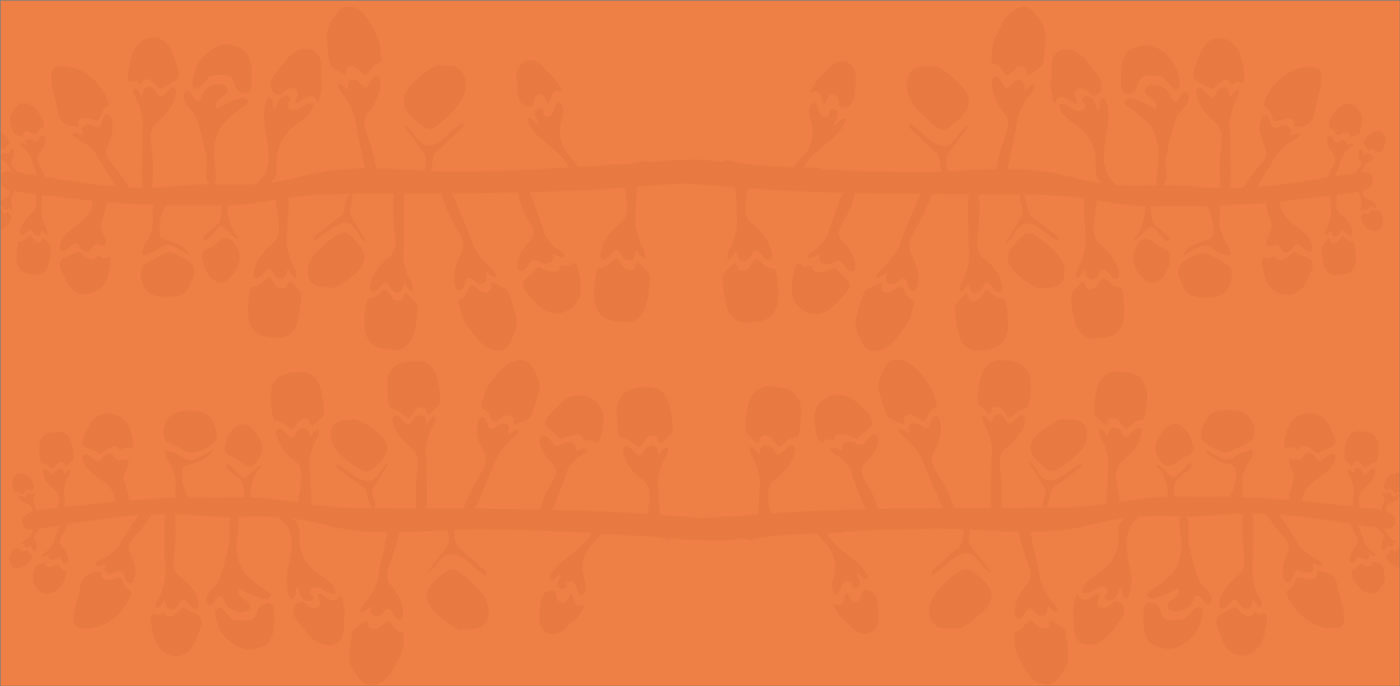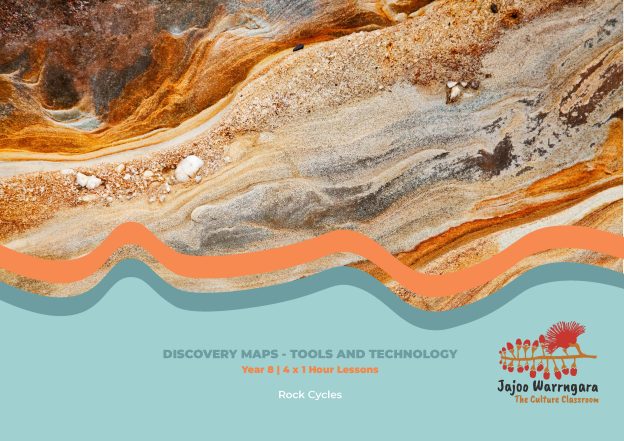Cross Curriculum Priorities
Aboriginal and Torres Strait Islander Histories and Cultures
A_TSICP1 First Nations communities of Australia maintain a deep connection to, and responsibility for, Country/Place and have holistic values and belief systems that are connected to the land, sea, sky and waterways.
A_TSIC3 The First Peoples of Australia (Aboriginal Peoples) belong to the world’s oldest continuous cultures. First Nations Australians demonstrate resilience in the maintenance, practice and revitalisation of culture despite the many historic and enduring impacts of colonisation, and continue to celebrate and share the past, present and future manifestations of their cultures.
A_TSIC1 First Nations Australian societies are diverse and have distinct cultural expressions such as language, customs and beliefs. As First Nations Peoples of Australia, they have the right to maintain, control, protect and develop their cultural expressions, while also maintaining the right to control, protect and develop culture as Indigenous Cultural and Intellectual Property.
A_TSIP3 The significant and ongoing contributions of First Nations Australians and their histories and cultures are acknowledged locally, nationally and globally.
Sustainability
SD3 Sustainable design requires an awareness of place, past practices, research and technological developments, and balanced judgements based on projected environmental, social and economic impacts.
Curriculum Links
AC9S8U04 Describe the key processes of the rock cycle, including the timescales over which they occur, and examine how the properties of sedimentary, igneous and metamorphic rocks reflect their formation and influence their use.
AC9S8H01 Explain how new evidence or different perspectives can lead to changes in scientific knowledge.
AC9S8H02 Investigate how cultural perspectives and worldviews influence the development of scientific knowledge.
AC9S8I04 Select and construct appropriate representations, including tables, graphs, models and mathematical relationships, to organise and process data and information.
AC9HG8K01 Geomorphological processes that produce different landscapes and significant landforms.
AC9HG8K02 The location and distribution of Australia’s distinctive landscapes and significant landforms.
AC9HG8K03 The spiritual, aesthetic and cultural value of landscapes and landforms for people, including Country/Place of First Nations Australians.
AC9HG8K04 The interconnections between human activity and geomorphological processes, and ways of managing distinctive landscapes.
AC9HG8S02 Collect, organise and represent data and information from primary research methods, including fieldwork and secondary research materials, using geospatial technologies and digital tools as appropriate.
Unit Content



